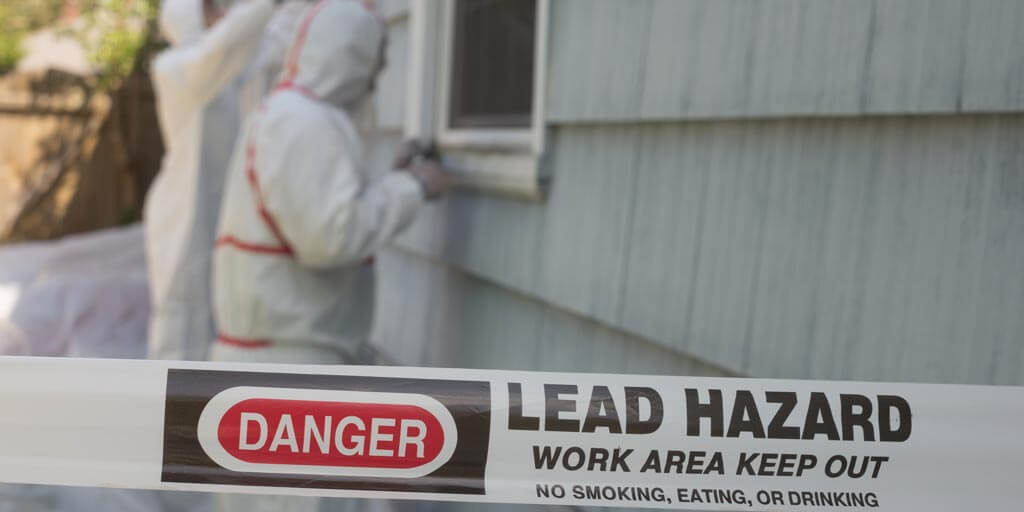
Lead is an incredibly dangerous toxin that has been linked with a number of health problems, the most serious being brain damage. This blog post will discuss how lead can enter your home and what you should do to prevent it from happening. You’ll also learn about some common products in your home that may contain lead – this could be something as simple as paint or furniture polish!
What is lead and why should I care about it
Lead is a heavy metal that can’t be broken down by most living things. Unfortunately, humans are not immune to lead’s harmful effects and have been found to absorb it through their skin, inhalation or ingestion – the latter being one of the biggest contributors. Lead builds up in your body over time and has no known antidote because it does not break down.
The hazards of lead are found in a number of common household items – including paint, gasoline and drinking water. It’s also present in some types of soil, so if you live near an old industrial site or construction project you might be at risk as well.
The most serious health effects that have been linked to lead exposure are: brain damage, kidney damage and the inability to reproduce.
Lead has been banned from paint for decades now but it remains a major problem in other products like canned goods or pottery made before 1986 that still have lead based glazes on them – so always look at labels!
What you can do:
The first thing that may seem obvious is to get your water tested to see if it has lead in it. If the levels are high, you’ll need to invest in a reverse osmosis filter or find another source of clean drinking water for everyone in your household!
Next, do an audit of all items that might contain lead on your property – this includes paint and other products like gasoline, and then move these items into an area that’s off limits to children.
Finally, get a lead paint test kit so you know the extent of your exposure – they’re not expensive!
How does lead enter the home and how do I prevent it?
Lead can enter your home through paint, but also from a number of other sources. Even if you are careful to not expose yourself to lead at work or on the go, there could still be some in your own living space because of old products that leached lead into their ingredients before they were banned! You may have lead in your drinking water, but it’s also possible that the paint on your walls is to blame.
The best way to prevent these hazards from entering your home and exposing you or others is by doing an inventory of all items with a risk for containing lead – including gasoline, toys and other common household products. If you find any product that could be a risk, put it in an area where children won’t get their hands on it.
It’s also important to make sure your water is filtered if lead levels are too high – there might be some businesses around that offer this service!
Doing these things will let you rest assured that the space inside your home is safe and lead-free!
Resources for dealing with lead poisoning or minimizing exposure to children who are at risk of exposure to lead inside their homes.
- The EPA has a great page on their website that’s dedicated to lead poisoning. It offers some helpful FAQs for dealing with the issue and also provides links to other resources like this blog post or the CDC!
- The CDC also offers a page on their website that discusses the dangers of lead and how to protect oneself.
- You can find out if your water contains high levels of lead by contacting your local health department or utility company. They’ll be able to test it for you!
Final notes:
Lead is a toxic metal that can cause serious health problems or death. We have provided you with the information necessary to prevent lead poisoning in your home, as well as some resources for dealing with children who are at risk of exposure to lead inside their homes. If you have any questions about lead, please reach out to us and we would be happy to provide you with more information.
Martin Ellis
Related posts
Stay connected
Today's pick
- Safety Essentials Every CNC Operator Should Follow DailyCNC machining demands precision, consistency, and discipline—but above all, it requires strict attention to safety. Whether you’re working with mills, lathes, routers, or grinders, every machine has the potential to cause serious injury if mishandled. That’s why CNC operators must follow safety protocols daily, no... The post Safety Essentials Every CNC Operator Should Follow Daily […]
